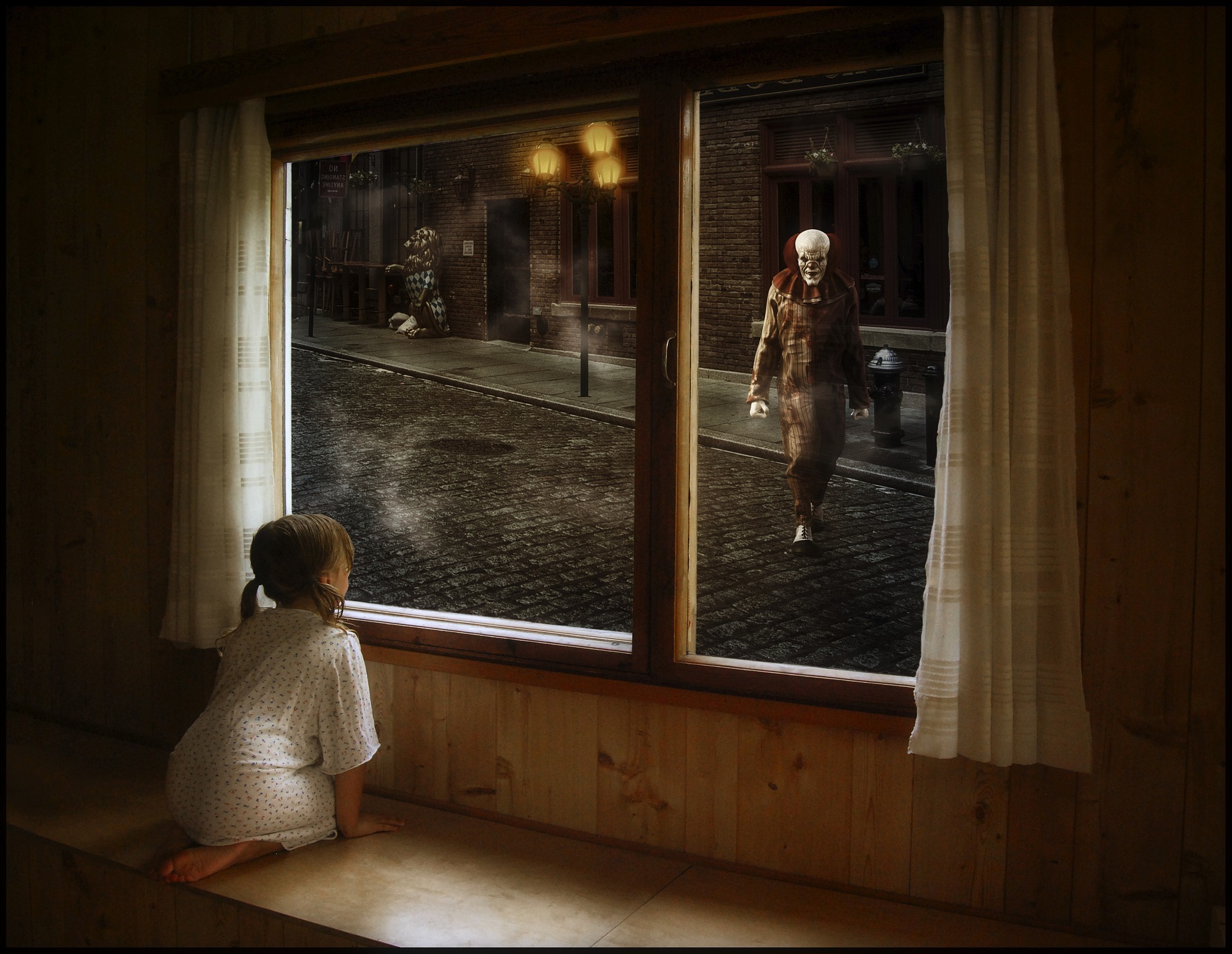In March 2020, when the pandemic broke out, people isolated in their homes began to report an increase in the number of anxiety dreams. According to neuroscientist Tara Swart in Vogue, such a phenomenon has not been recorded since the Second World War. Now, a year on, the situation is repeating itseld in the connection with the anniversary of the COVID-19 outbreak and the first wave of lockdowns. As we know, anniversaries have a huge impact on our psyche.
Anxiety is a trigger for sleep disorders. The Rapid Eye Movement (REM) stage of sleep is part of our psychoemotional processing, and nightmares are the brain’s way of ensuring our survival. In times of uncertainty, our minds realize that something terrible is happening beyond our control, and the parts of the brain responsible for memory and information storage collect all of our worst memories. They do this to scare and warn us, (for example, from going out and catching the coronavirus) thus protecting us.
The average person, however, is not able to appreciate the efforts of their brain to ensure their security, and nightmares can be a very unpleasant experience. However there are a number of methods of coping, and lucid dreaming is one of them. LD instructor Charlie Morley claims that about half of the world’s population has experienced a phase state (by which we mean lucid dreams and out-of-body experiences), but only twenty-five percent of people, mostly women, experience it regularly.
In addition to being a great way to have a good time, lucid dreaming can be a method of physical and psychological healing. According to Morley, this practice has the effect of reducing anxiety, since the practitioner controls the situation in the dream. As a first step, two basic exercises are recommended: writing your dreams down and setting the intention to become lucid.




